
Lunigiana is a place rich in history and culture. A mysterious place where you can rediscover the taste of simplicity and tradition, surrounded by unspoiled nature, chestnut trees and centuries-old olive trees. Known as the region of 100 castles, it still retains its splendor and magical atmosphere.
Not far from our farmhouse and among the most important castles we count the Brunella Fortress, in the town of Aulla, built at the end of the 15th century, now home to the Natural History Museum of Lunigiana. The Castel dell'Aquila in Gragnola, an imposing fortified structure dating back to the 10th century, which can be visited by reservation. The Castle of Fosdinovo, with its legend of the ghost of the marquise Bianca Maria Aloisia Malaspina and the passage of the supreme poet Dante through the castle.
In northern Lunigiana, in the municipality of Villafranca in Lunigiana, is the Castle of Malgrate. A small castle, among the most important Malaspina fiefdoms in the 14th century. From its walls it is possible to enjoy a splendid view of the entire upper Lunigiana.
Piagnaro Castle dominates the town of Pontremoli. Dating back to the first millennium, the castle was destroyed and rebuilt several times. Today it houses the Museum of the Stele Statues of Lunigiana. In Lunigiana you can visit ancient villages, such as the walled village of Filetto di Villafranca, with the Selva di Filetto area and its centuries-old chestnut grove. Also very charming is the village of Fivizzano, a small town considered the Florence of Lunigiana. Among the most important are Equiterme, Monzone, Sassalbo, Vinca and Viano.
It is not uncommon to find hidden churches, monasteries and Romanesque parish churches all along the territory, such as the Pieve di Sorano in the municipality of Filattiera in Upper Lunigiana along the Via Francigena. The Pieve dei Santi Cornelio e Cipriano in Codiponte, a sacred Romanesque building located in the municipality of Casola in Lunigiana. Evocative abbeys, such as that of San Caprasio in the historic center of Aulla, home to the San Caprasio Museum, with artifacts from the 8th century BC.